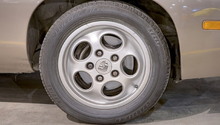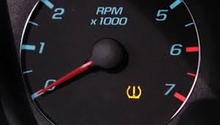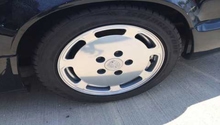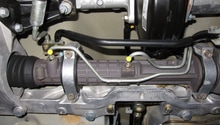Porsche 997: How to Check Tire Pressure
It is not uncommon for your tire pressure to vary a few PSI over the course of the year, especially if the vehicle sits unused for any amount of time. Learn how to be on top of your 997's tire pressure at all times.
This article applies to the Porsche 997 (2005-2012).
Riding around on under or over-inflated tires can affect your gas economy and/or cause your tires to unevenly wear or even blow out. Regularly checking and maintaining proper tire pressure can help prevent this from happening. It also can help extend the life of your tires. Aim to check your tire pressure at least once a month. You also should check your tire pressure in the spring and in the fall. Cold weather can decrease the air pressure in your tires, and warm weather can increase it. Even a novice DIY'er can do this, so there's no need to hire someone to do it for you.

Materials Needed
- Air pressure gauge
- Portable air compressor (optional)
Step 1 – Prepare to check tire air pressure
Plan to check your air pressure when your tires are cold. Tires are considered “cold” if they haven’t been driven for more than between 1 and 2 miles, or more commonly, after sitting overnight before setting off to work. This is important to note, because all recommended settings are when cold. As the tire heats up through use, the tire pressure rises. For example, at the race track, it is not uncommon for tires to heat up and change up to 10 PSI within 30 minutes of driving.
Step 2 – Confirm suggested tire pressure
Review information about tire pressure in your owner’s manual. Sometimes this information is also printed on the inside of the driver’s-side door. Be sure to note if the front and rear tires should be inflated to different pressures.
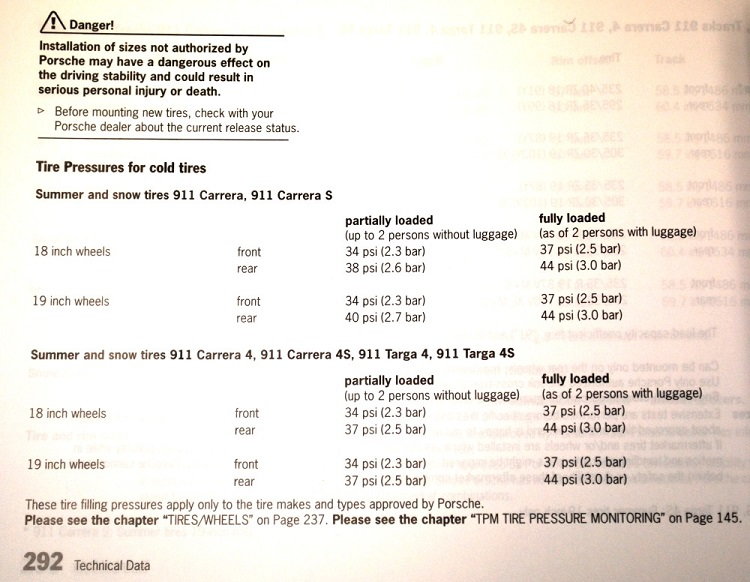
Step 3 – Unscrew valve stem cap
Locate the valve stem cap on the wheel. It sticks out from your wheel, on the edge, near the tire. Unscrew the cap and set it aside, somewhere that you're not likely to lose it or have it roll out of sight (it does happen).
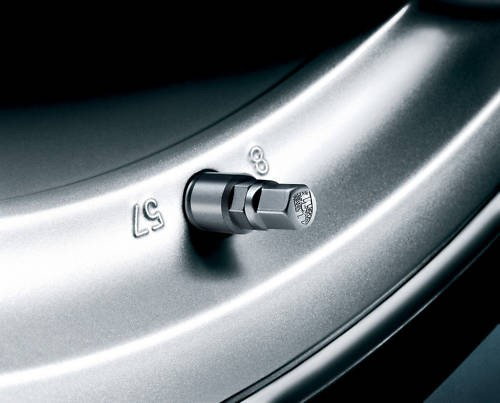
Step 4 – Position air pressure gauge on valve stem
Position air pressure gauge on valve stem and press down firmly. The gauge must tightly fit on the valve stem in order to get an accurate reading; you will hear air bleeding out of the valve stem if the seal is insufficient. If you use a digital gauge, you may need to push a button in order for it to read the pressure. If you use a more traditional gauge, a measurement stick should extend and indicate the air pressure in the tire.
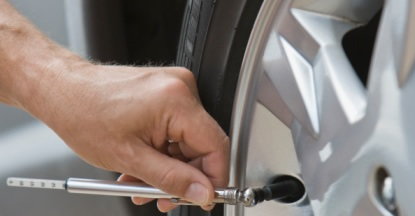
Step 5 – Add or remove air if necessary
If the reading does not match the manufacturer’s recommendation, then add or remove air until the reading matches. Having a mobile or electrical compressor that plugs into your cigarette lighter is useful to have at this point. If you don't have one, drive down to your local gas station. Most every service station has a free (or very inexpensive) tire pump that can be used to air up your tires to the right pressure.
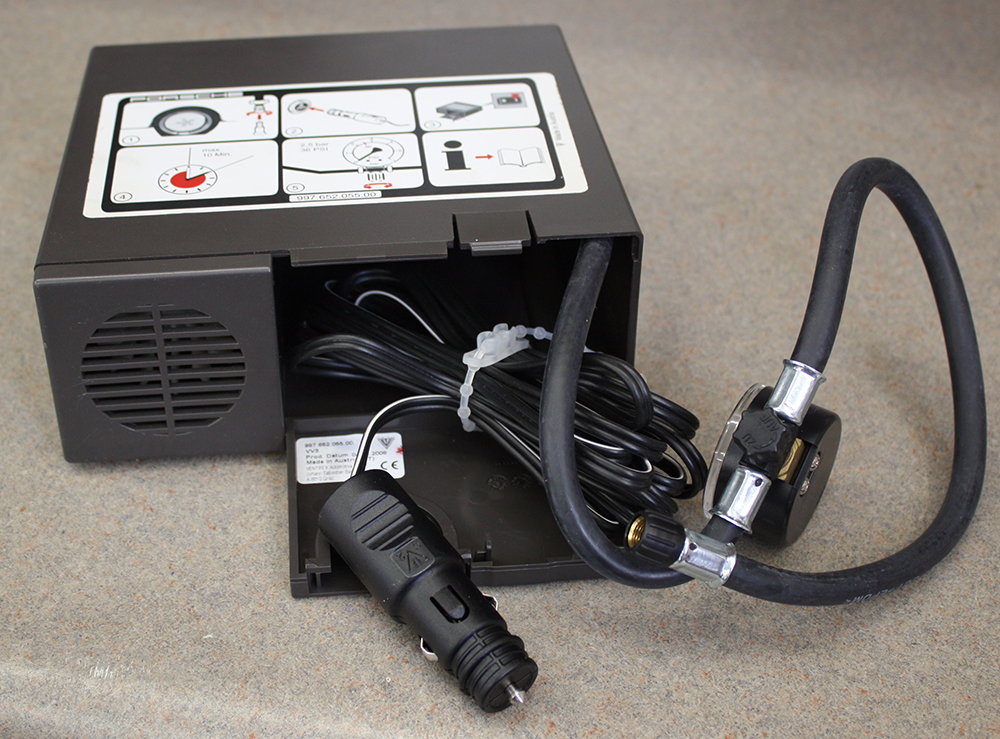
Pro Tip
To bleed air from the tire, hold your pressure gauge at an angle on the valve stem. This pushes down on the valve stem and allows excess air to be bled out.
Step 6 – Replace valve stem cap
Position valve stem cap and twist it until it is tight. While this cap won’t prevent air from coming out of the tire, it can help prevent dirt or other debris from affecting the valve stem itself.
Step 7 – Repeat steps for each tire
Repeat Steps 2-6, checking the pressure of each tire and inflating or deflating as necessary.
Related Discussions
- 997 Optimal Tire Pressure - Rennlist.com
- Tire Pressure Question - Rennlist.com
- What Air Pressure? - Rennlist.com
- Tire Pressure on Track - Rennlist.com


